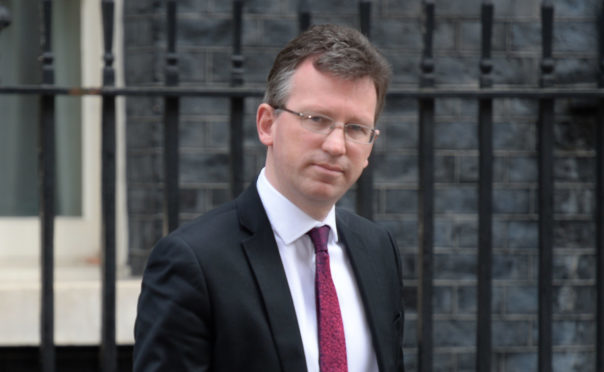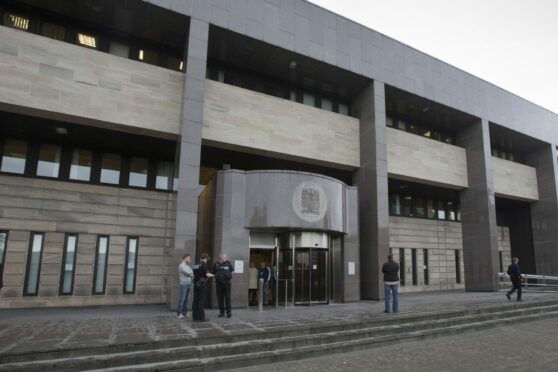A huge donation by a wealthy Perthshire tycoon in the aftermath of World War I could finally be used by the government to tackle the national debt.
Sir Alexander Park Lyle, 1st baronet of Glendelvine, was one of the biggest donors to a fund now worth £400 million.
The UK government has applied to the High Court for permission to use the cash to claw back some of what the country owes.
The National Fund for the Redemption of the National Debt was set up in 1927 to tackle the huge debt that accrued during the First World War.
It initially began with anonymous donations worth £500,000 and has now grown to be worth £400m. The identity of the man and woman who set up the fund has remained a mystery.
However, it has since been revealed that one of the largest donors was Perthshire shipping tycoon Mr Lyle, who donated £10,000 to the pot.
Other donors to the cause of tackling the country’s post-war debt included then Conservative leader and three time prime minister Stanley Baldwin, who privately gave £150,000 in 1919, and newspaper proprietor and Liberal MP for Kirkcaldy Henry Dalziel, who left £400,00 in his will in 1936.
Alexander Linklater, Mr Lyle’s great-great grandson, said the philanthropy was a result of the family’s Presbyterian beliefs and disapproval of debt.
He also expressed concerns of the money being “thrown into a bottomless pit”.
He said: “It would be wrong to dissolve it just because it was convenient.
“They were giving money, whether £10,000 or £2, because they had been brought to the existential brink. I would think that the properly interpreted wishes of the original donor should be honoured.
“If that half-billion is swallowed up in the deficit in a few months, then what’s the point?”
He noted that the Lord’s Prayer used by Presbyterians in Scotland includes the phrase: “Forgive us our debts as we forgive our debtors.”
The UK’s national debt grew during The Great War from £650 million to more than £7 billion. It now sits at around £1.8 trillion.
The Attorney General for England and Wales Jeremy Wright last week asked the High Court to use the fund to alleviate the country’s debt.










